Ever wonder if you can actually mess up a cupping session? The short answer is yes-doing cupping wrong can turn a soothing treatment into an unnecessary bruise or even a health hazard. This guide walks you through the most common slip‑ups, shows how to spot them before they happen, and gives a step‑by‑step roadmap for a safe, effective session.
Cupping therapy is a traditional practice that uses suction cups to lift skin and underlying tissue, promoting circulation and relieving tension.When you understand the mechanics, you’ll see why technique, hygiene, and client communication matter more than you might think. Below, we break down the basics, the benefits, the red flags, and the exact steps to get it right the first time.
Understanding the Basics of Cupping Therapy
Origins and History
Cupping dates back thousands of years, with records from ancient Egypt, Greece, and Traditional Chinese Medicine. Early healers used heated glass cups to draw blood, believing it expelled “stagnant” energy. Modern cupping keeps the suction idea but adds silicone cups, pumps, and stricter hygiene standards.
Core Principles or Components
The core of cupping is simple: create negative pressure inside a cup, attach it to the skin, and let the suction lift tissue. Three main components drive the effect:
- Suction level - measured in millimeters of mercury (mm Hg) or by pump pressure.
- Duration - usually 5‑15 minutes per spot.
- Placement - specific acupuncture points or muscle groups.
Getting any of these wrong can change the experience dramatically.
How It Differs from Related Practices
Unlike massage, which uses manual pressure, cupping relies on vacuum. Compared with acupuncture, there are no needles-just suction. Below is a quick visual compare:
| Practice | Key Feature | Primary Benefit |
|---|---|---|
| Cupping therapy | Suction cups create vacuum | Increases blood flow, reduces tension |
| Massage | Manual pressure and kneading | Relaxes muscles, improves flexibility |
| Acupuncture | Fine needles at meridian points | Modulates nerve signals, pain relief |
Who Can Benefit from Cupping Therapy?
Anyone dealing with chronic muscle tightness, sports‑related soreness, or mild circulatory issues can try cupping. It’s popular with athletes, office workers, and folks looking for a non‑pharmaceutical way to ease tension. Pregnant women, people with bleeding disorders, or those on blood‑thinners should get medical clearance first.
Benefits of Cupping Therapy for Body and Mind
Stress Reduction
The suction stimulates the autonomic nervous system, prompting a calm‑down response. Clients often report a deep, meditative feeling after a session, similar to what you get from a hot sauna.
Improved Blood Flow
By pulling blood to the surface, cupping encourages fresh oxygen‑rich plasma to reach deeper tissues. This can accelerate recovery after intense workouts or minor injuries.
Mood Boost
Endorphins released during the mild discomfort of cupping act as natural mood elevators. Many users say they feel a gentle “high” that lasts several hours.
Practical Everyday Benefits
Regular cupping can make everyday tasks-like lifting a grocery bag or typing for long periods-feel easier because muscles stay looser. Below is a snapshot of the top perks:
| Benefit | Description | Impact |
|---|---|---|
| Stress reduction | Triggers relaxation response | Lower cortisol, better sleep |
| Increased circulation | Boosts blood and lymph flow | Faster recovery, less soreness |
| Mood uplift | Endorphin release | Improved outlook, reduced anxiety |
| Enhanced range of motion | Loosens tight fascia | Easier daily movements |
What to Expect When Engaging with Cupping Therapy
Setting or Context
Most clinics keep the room warm, dim the lights, and lay out clean linens. A professional will ask about your health history, current pain points, and any medications before starting.
Key Processes or Steps
- Skin assessment - ensure the area is clean and free of open wounds.
- Choosing cup type - silicone cups are common for beginners; glass cups require heating.
- Creating suction - either by a pump or by briefly heating the cup.
- Placement - the therapist positions the cup on the target muscle.
- Timer set - usually 5‑12 minutes per spot.
- Removal - cups are released gently, and the skin is examined for excessive bruising.
Customization Options
Practitioners can adjust suction strength, mix dry (no incision) and wet (small skin puncture) techniques, or combine cupping with massage. Each variation serves a different goal-dry cupping for general circulation, wet cupping for deeper detox.
Communication and Preparation
Tell your therapist if you feel sharp pain, tingling, or dizziness. A quick “How does it feel?” check‑in every few minutes keeps the session comfortable and safe.
How to Practice or Apply Cupping Therapy
Setting Up for Success
Pick a quiet space, lay down a clean sheet, and have a timer handy. If you’re doing self‑cupping at home, start with small silicone cups to get a feel for the suction.
Choosing the Right Tools/Resources
Invest in a reputable cupping set that includes:
- Silicone cups with adjustable pumps.
- A disinfectant spray safe for skin.
- A measuring guide for suction levels (most kits show low/medium/high).
- Gloves (optional) for hygiene.
Brands that are ISO‑certified and have good reviews are worth the extra cost.
Step‑by‑Step Guide
- Clean the skin with an alcohol wipe.
- Choose a cup size that fits the muscle group.
- Attach the pump and create mild suction (aim for a sensation of gentle pulling).
- Place the cup on the target area, ensuring it adheres without gaps.
- Set a timer for 7‑10 minutes; watch for any color change beyond light pink.
- Release suction slowly, remove the cup, and apply a soothing lotion.
Practice on low‑suction first; you can always increase intensity in later sessions.
Tips for Beginners or Couples
If you’re trying cupping with a partner, start with the shoulders or upper back-areas that are easy to reach. Have a clear signal (like a quick tap) if something feels uncomfortable.
Safety and Ethical Considerations
Choosing Qualified Practitioners/Resources
Look for therapists licensed by a recognized health authority (e.g., UAE Ministry of Health). Verify that they’ve completed a certified cupping course and keep a log of client consent forms.
Safety Practices
| Practice | Purpose | Example |
|---|---|---|
| Sterilize cups | Prevent infection | Use medical‑grade disinfectant after each client |
| Check skin condition | Avoid bruising | Do not cup over open wounds or rashes |
| Limit session time | Reduce tissue damage | Stay under 15 minutes per area |
| Use appropriate suction | Match client tolerance | Start low, increase gradually |
Setting Boundaries
Speak up if the suction feels too strong or if you notice excessive redness. A good therapist respects a “stop” request instantly.
Contraindications or Risks
Cupping should be avoided if you have:
- Bleeding disorders (hemophilia, low platelet count).
- Active skin infections or eczema on the treatment area.
- Recent surgery or implanted medical devices.
- Pregnancy (especially on abdomen or lower back) without doctor approval.
When in doubt, consult a physician before booking.
Enhancing Your Experience with Cupping Therapy
Adding Complementary Practices
Combine cupping with gentle stretching or a light aromatherapy session. The added heat from essential oils can deepen the relaxation response.
Collaborative or Solo Engagement
Solo cupping works well for back, shoulders, and legs. For hard‑to‑reach spots like the upper spine, bring a partner or visit a clinic.
Using Tools or Props
Some people place a soft towel under the cup to reduce skin irritation. A heated blanket underneath can keep muscles warm during longer sessions.
Regular Engagement for Benefits
Most professionals recommend 1‑2 sessions per week for the first month, then taper to monthly maintenance. Consistency helps keep circulation boosted and tension low.
Finding Resources or Experts for Cupping Therapy
Researching Qualified Experts/Resources
Start with local wellness directories, read reviews, and ask for proof of certification. A trustworthy therapist will gladly share their training background.
Online Guides and Communities
Websites like the International Cupping Association offer free PDFs on technique basics. Forums on health‑focused platforms let you exchange tips with experienced hobbyists.
Legal or Cultural Considerations
In the UAE, cupping is recognized as a complementary therapy, but practitioners must register with the health authority. Some cultures view cupping as a spiritual practice, so respectful communication about expectations matters.
Resources for Continued Learning
Books such as "The Art of Cupping" (2022) provide detailed case studies. Video courses on platforms like Skillshare walk you through live demonstrations.
FAQ: Common Questions About Cupping Therapy
Can cupping cause serious injury if done incorrectly?
Yes, applying too much suction, leaving cups on too long, or using unsterilized equipment can lead to bruising, skin burns, or infections. That’s why professional training and proper hygiene are non‑negotiable.
What should I feel during a proper cupping session?
You should feel a mild pulling sensation followed by a warm, tingling feeling. Discomfort is normal, but sharp pain is a sign to stop immediately.
How does dry cupping differ from wet cupping?
Dry cupping uses only suction, creating a temporary “vacuum” on the skin. Wet cupping adds a tiny skin puncture to release a small amount of blood, which some believe promotes deeper detoxification. Wet cupping carries higher infection risk and therefore demands stricter sterilization.
Is cupping safe for beginners?
Absolutely, as long as you start with low suction, short duration, and a reputable therapist or a high‑quality home kit. Beginners should avoid wet cupping until they have solid training.
How often should I schedule cupping sessions?
Most practitioners suggest once or twice a week for the first few weeks, then move to a monthly maintenance routine. Adjust frequency based on how your body responds.
Conclusion: Why Cupping Therapy Is Worth Exploring
When performed correctly, cupping offers a blend of physical relief and mental calm that few other therapies match. The key is respecting the technique-use the right suction, keep things clean, and listen to your body. If you’re curious, start with a qualified professional, ask plenty of questions, and treat every session as a learning experience.
A Path to Better Well‑Being
Whether you’re an athlete chasing faster recovery or a desk worker battling neck tension, cupping can become a valuable addition to your wellness toolbox.
Try It Mindfully
Approach each session with awareness, follow the safety steps, and don’t rush the process. A mindful approach minimizes mistakes and maximizes benefits.
Share Your Journey
Have you tried cupping? Drop a comment below, tell us what worked, and help others avoid common pitfalls. Follow this blog for more practical wellness guides.
cupping therapy is not a magic cure, but when done right, it’s a safe, effective way to boost circulation and reduce tension.


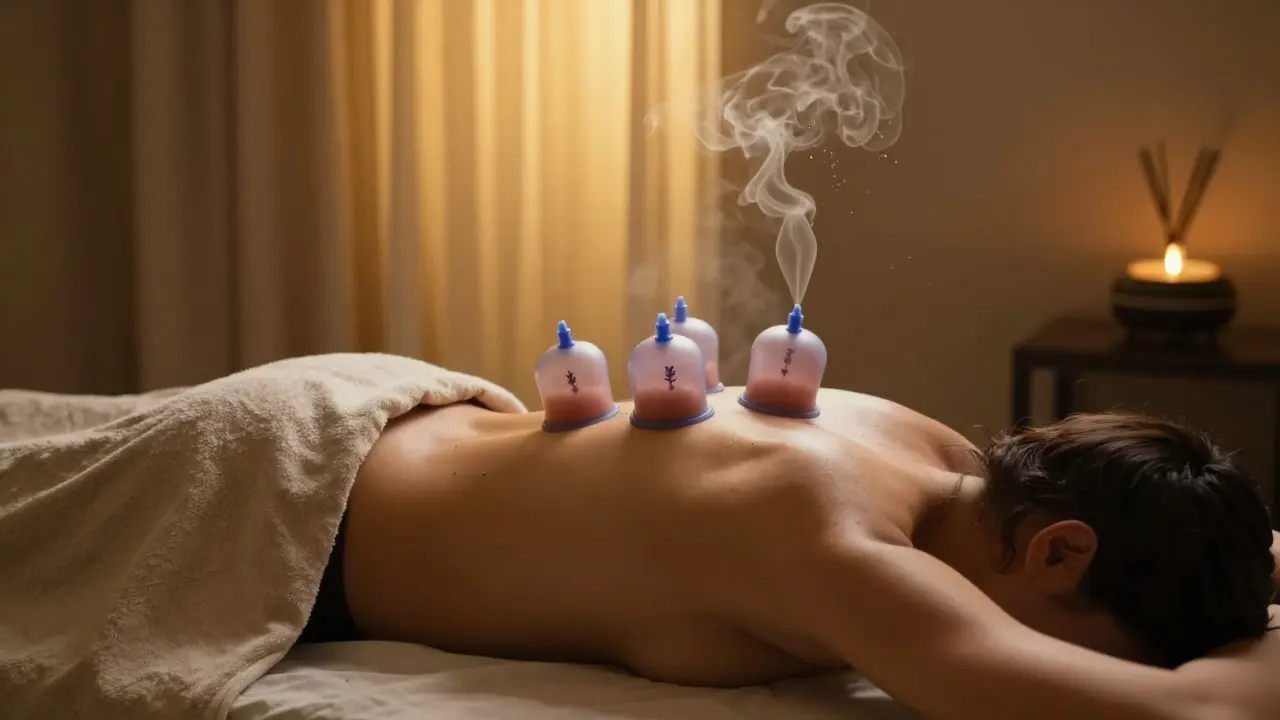
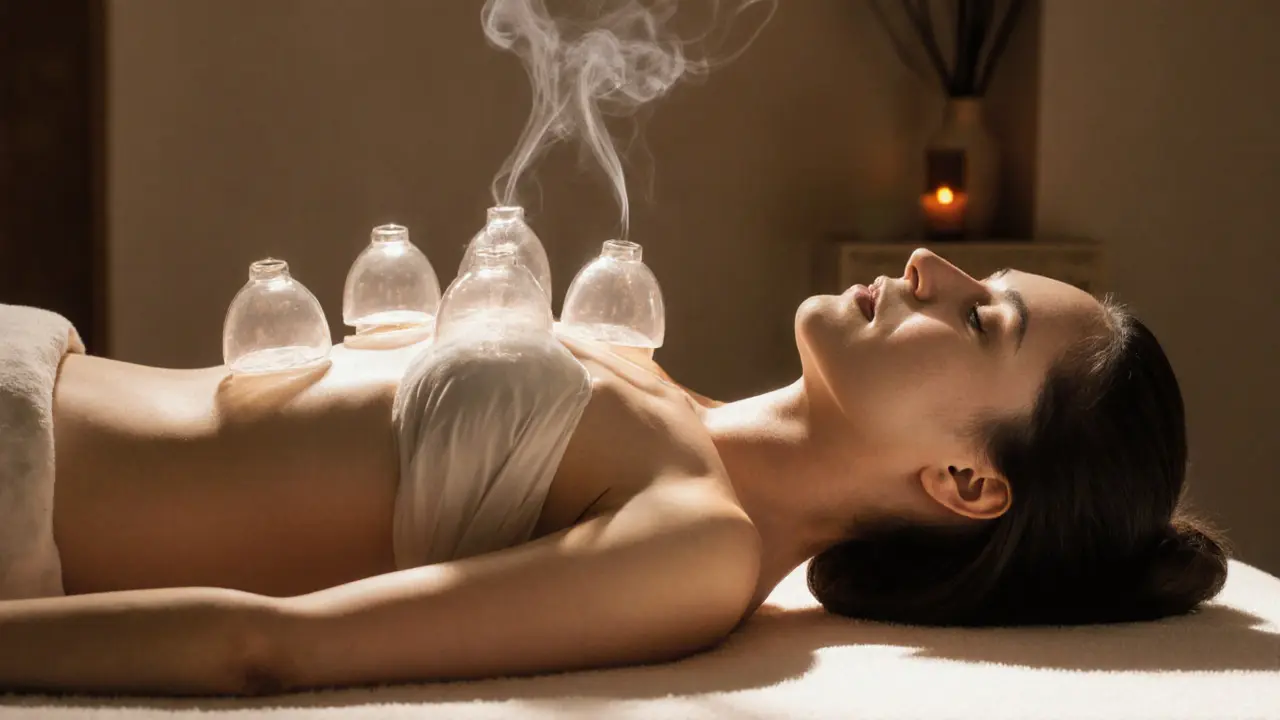
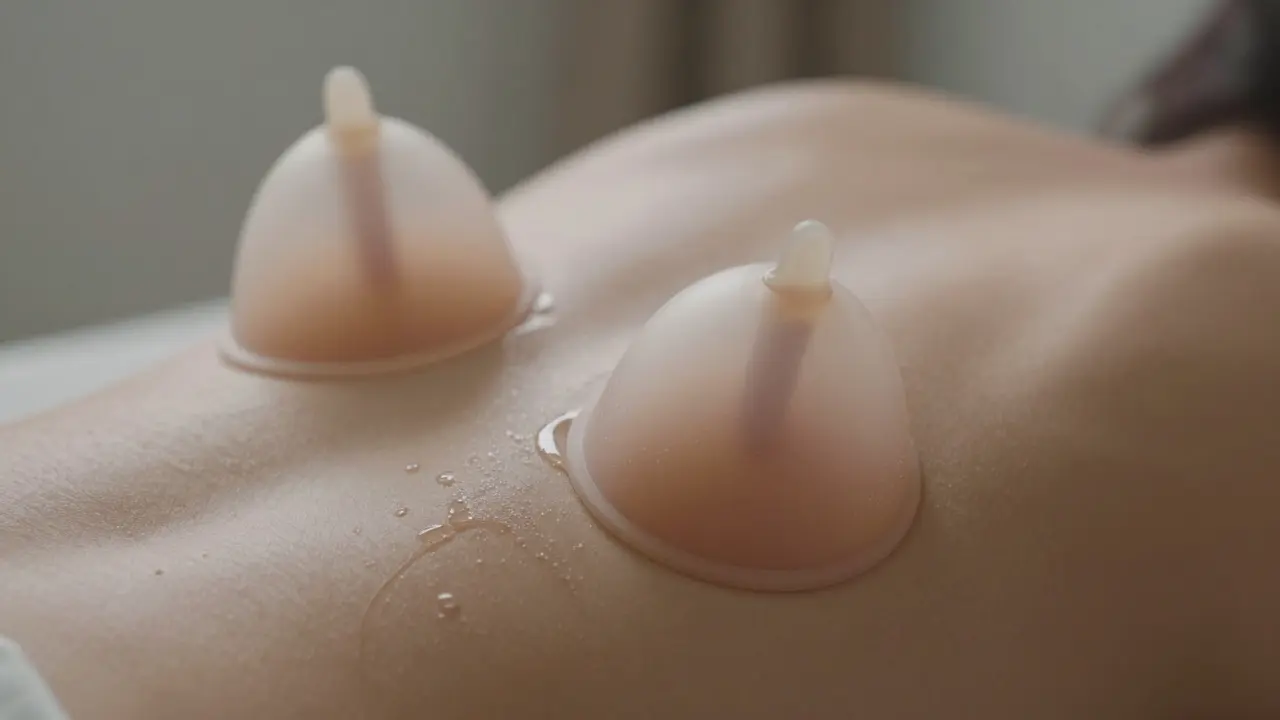

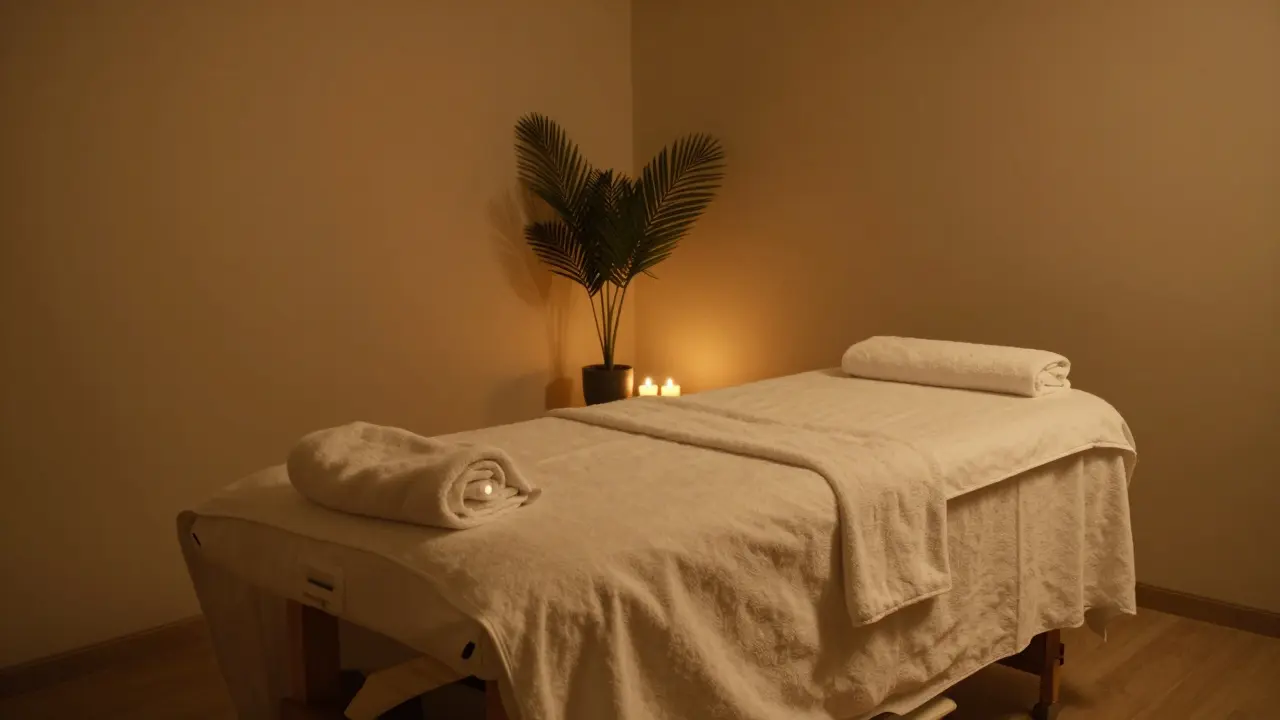


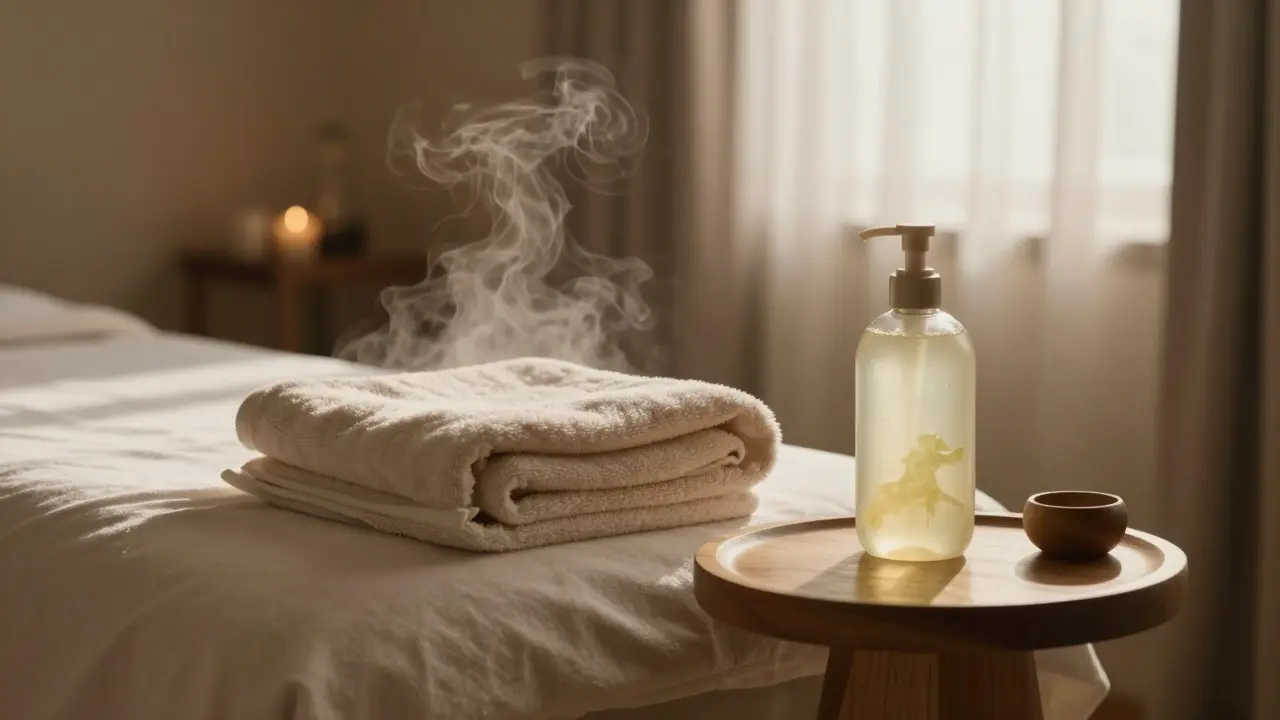
Dentist Melbourne
October 18, 2025 AT 13:39It pains me to witness modern practitioners cavalierly ignoring the solemn heritage of cupping, turning a revered healing art into a circus of bruises. The ancient masters sang hymns to the vacuum, not to the careless tug of an amateur's pump. When you sloppily crank the suction, you not only disrespect centuries of wisdom but also gamble with the very flesh you claim to heal. Imagine the ancestors rolling in their graves at the sight of jagged red marks where gentle circulation should bloom. The moral imperative is clear: study, sanitize, and honor the practice before you dare lift another skin. Anything less is a betrayal of both client safety and cultural legacy.
Cherie Corbett
November 11, 2025 AT 23:26Your guide reads like a bedtime story for strangers.
Grant Cousins
December 6, 2025 AT 12:20Excellent overview; the step‑by‑step layout provides clear checkpoints for beginners. I recommend emphasizing the pre‑session skin assessment as the first safety pillar. Consistent practice of these protocols will foster confidence and protect clients.